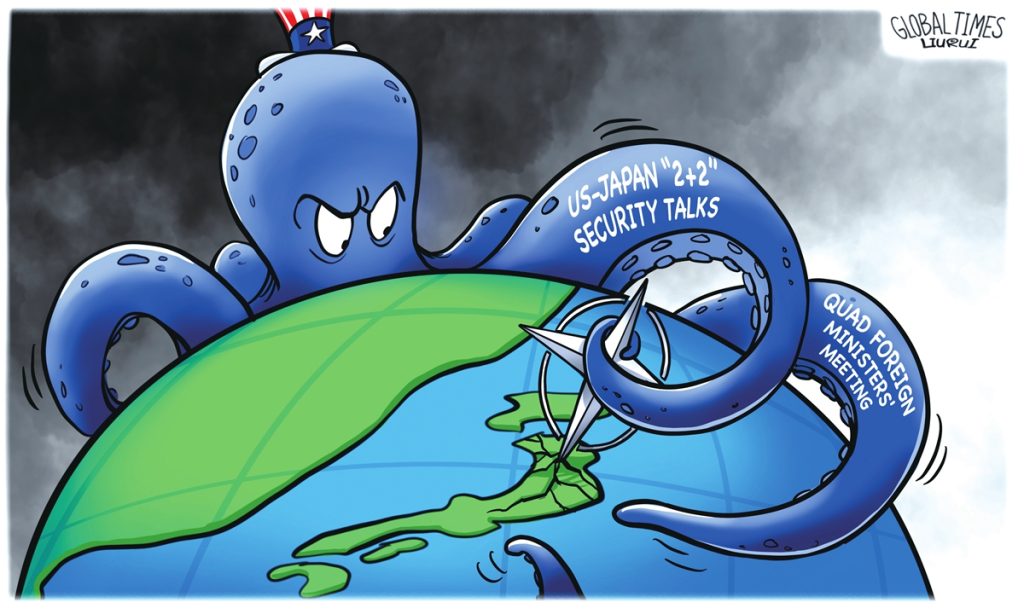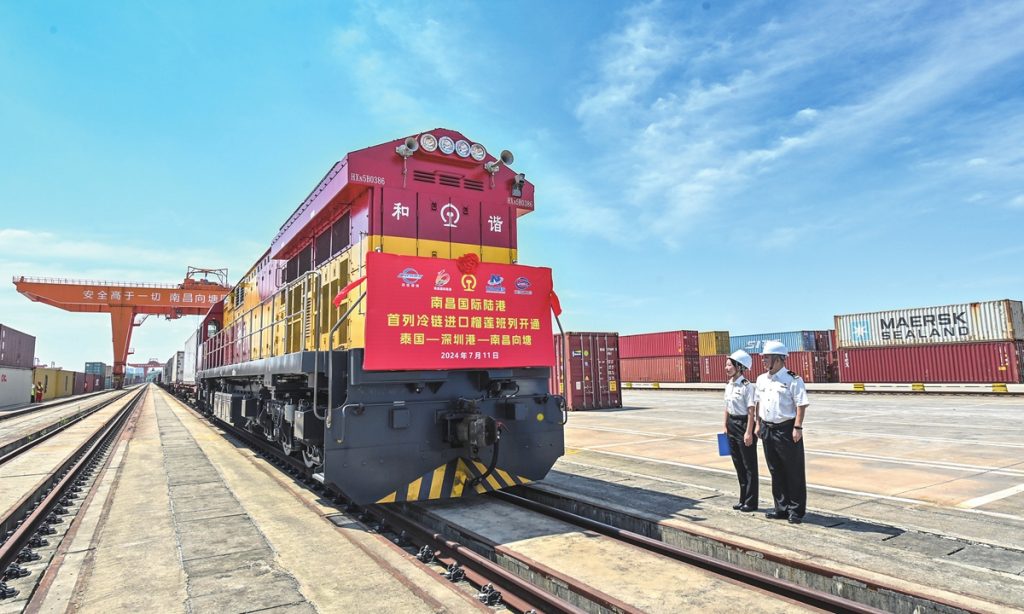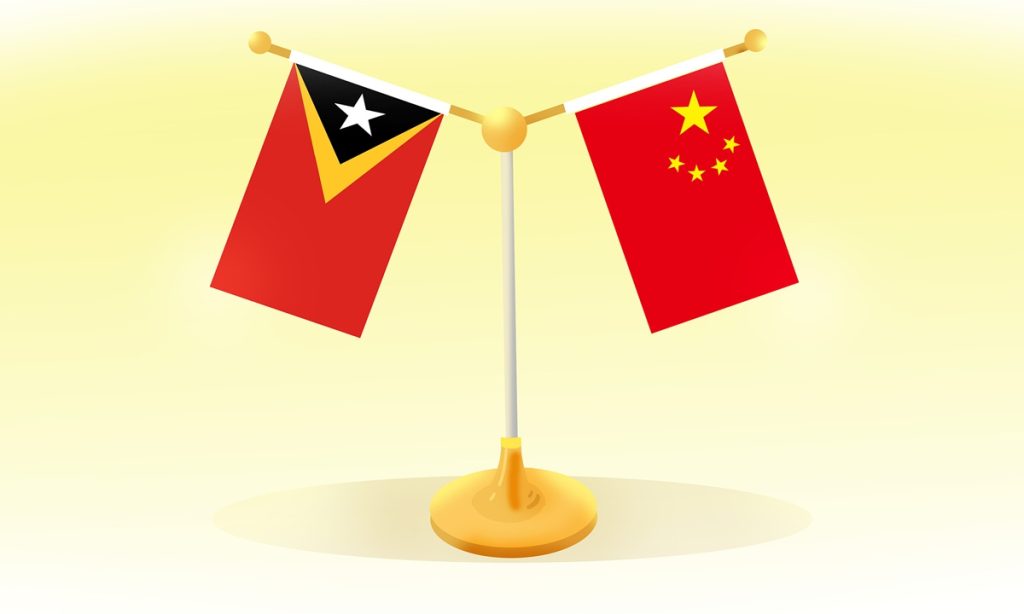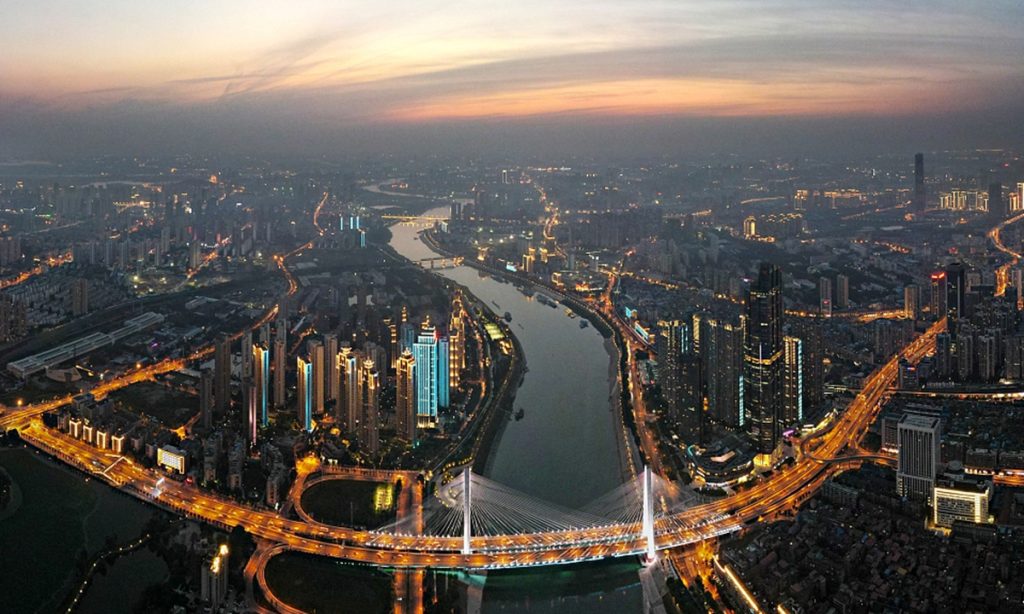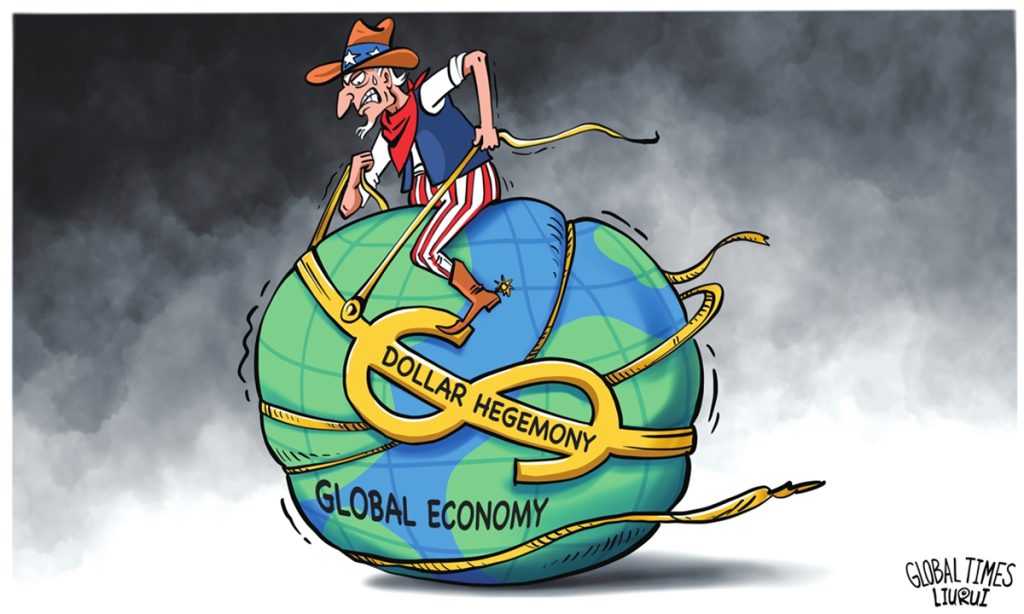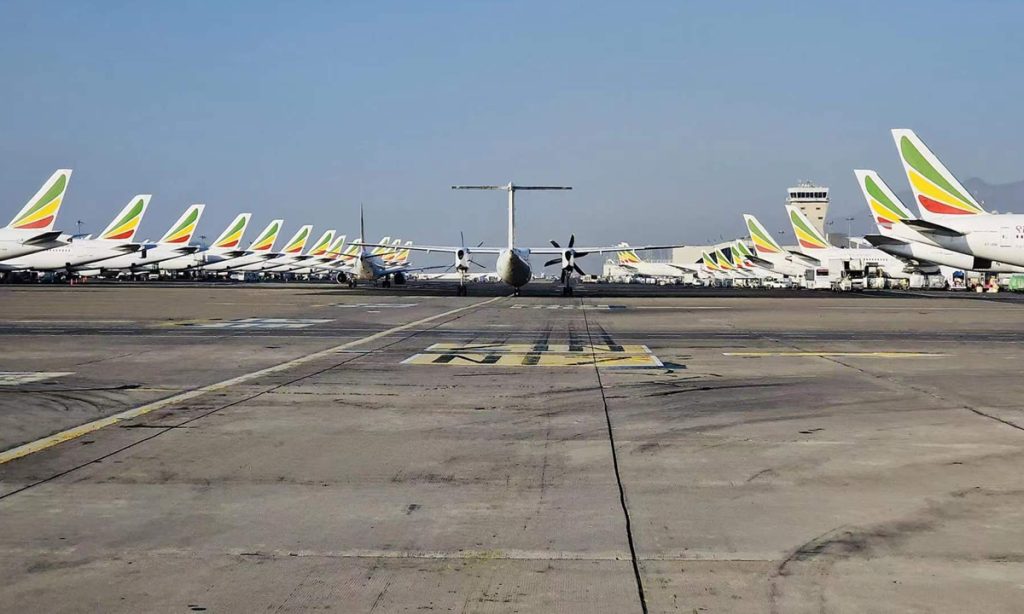Improving regulations to benefit the high-quality development of capital markets
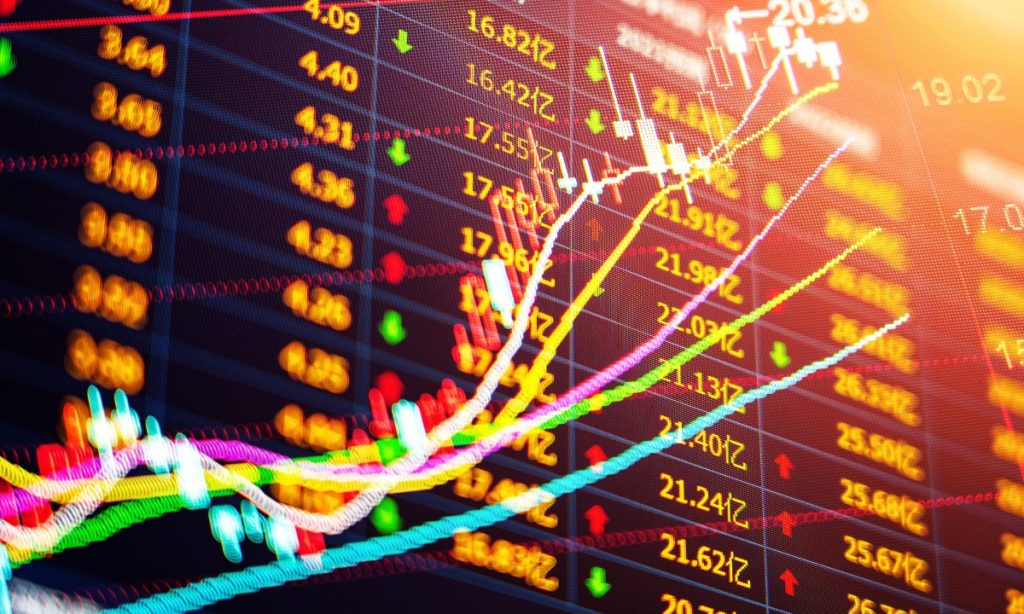
Chinese regulatory authorities have recently introduced a series of policy documents and reform measures to improve the capital market regulatory system, comprehensively deepen capital market reform, and promote high-quality market development. These measures, when implemented together, are expected to increase the investment value of the market and boost confidence among investors.
The recently released Resolution of the Central Committee of the Communist Party of China (CPC) on Further Deepening Reform Comprehensively to Advance Chinese Modernization, which was adopted at the third plenary session of the 20th CPC Central Committee, has committed to improve the efficiency of financial services to serve the real economy. On April 12, the State Council released sweeping guidelines to strengthen regulation, forestall risks and promote the high-quality development of the stock market. Widely known as the State Council Nine-Point Guideline, the document, only the third of its kind, mapped out plans to boost capital markets through 2035.
In order to thoroughly implement the guiding principles of the Central Financial Work Conference and the new State Council Nine-Point Guideline, promote the formation and implementation of the "1+N" policy system in the capital market, effectively protect the legitimate rights and interests of investors, the China Securities Regulatory Commission (CSRC) and relevant departments have formulated and successively issued relevant supporting policy documents and institutional rules.
In March 2024, the CSRC released several new policy documents which emphasized the importance of strict control over IPOs. The goal is to uphold the principles of openness and fairness in the capital market and safeguard the legitimate rights and interests of investors. These regulatory requirements aim to enhance the level of standardized operation among listed companies, with a particular emphasis on tightening controls over the IPO admission process.
China introduced new regulatory measures in March and May to regulate the continuous supervision of listed companies. These measures cover aspects such as information disclosure, reduction of holdings, dividends, and market value management. In April, China's securities regulator also released a guideline on strict implementation of delisting regulation.
To promote the high-quality development of securities fund institutions, in the first half of 2024, the CSRC issued management regulations, reduced the commission rate for fund stock trading, further optimized the fund securities trading commission system, and reduced trading costs for fund investors.
Aiming to better serve technological innovation and promote the development of new quality productive forces, the CSRC has continuously introduced measures this year to support all aspects of the market, including listing financing, mergers and acquisitions, bond issuance, and private equity investment.
Requirements for research and development investment, number of invention patents, and compound growth rate of operating income for companies planning to list on the science and technology innovation board have all been moderately increased, while the positioning of the board as focusing on core technology has been strengthened. Further reforms have been deepened to enhance inclusiveness toward new industries, new formats, and new technologies.
The new State Council Nine-Point Guideline governing capital markets and supporting institutional rules, starting from the perspective of improving the capital market ecosystem, is conducive to the construction of a long-term healthy development of the capital market, thereby boosting the long-term performance of the capital market.
The stock market will ultimately benefit from the reform and unleash new vitality. Additionally, the market will better balance investment functions and financing functions, and better protect the interests of investors.
